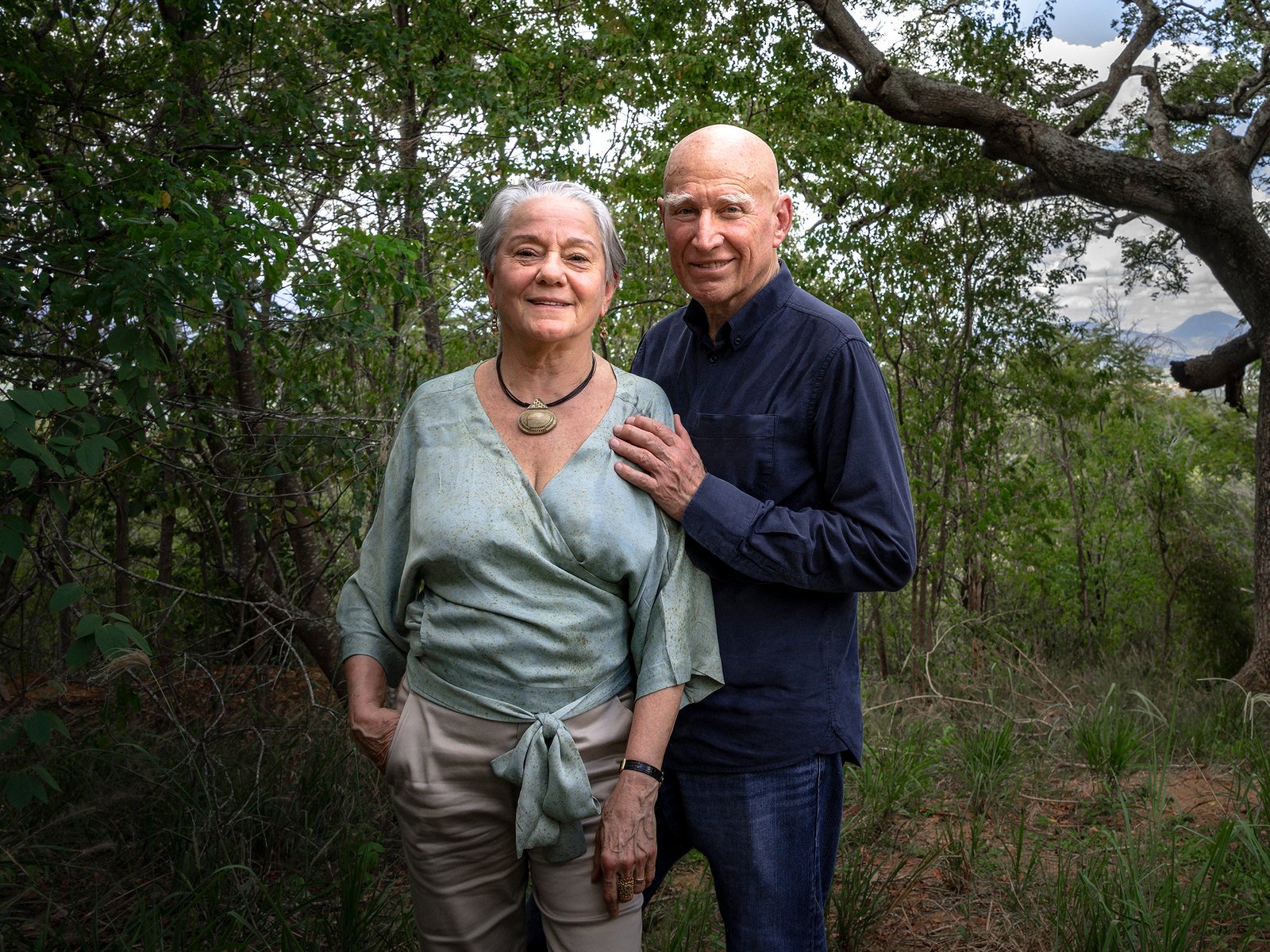
Sebastião Salgado: Amazon in black and white
Photographer Sebastião Salgado’s “Amazonia,” now at Rio de Janeiro’s futuristic Museu do Amanhã, plunges viewers into the lush and peaceful world of nature in all its splendor, drawing them into the planet’s green lung and leaving them breathless in the face of such grandeur.
By Marcia Cárdenas Viveiros
Photos: Sebastião Salgado , Renato Mangolin, Philippe Petit
Stunning portraits
Lauded in Paris, London, Rome, and São Paulo, the exhibit presents previously unseen images of the Awá-Guajá, Zo’é, Suruwahá, Yawanawá, Marubo, Asháninka, Korubo, Yanomami, and Macuxi indigenous peoples, masterfully captured by photographer Sebastião Salgado.
The hundreds of faces from the communities Salgado photographed over the course of the seven years he dedicated to creating this exhibit reveal the differences among ethnic groups, along with the diversity of their customs, rituals, attire, elaborate body painting, and ornaments
Salgado was able to visit and live with twelve of the nearly two hundred ethnic communities still present in the Amazon, some of which are fairly inaccessible. As he gradually earned the trust of the communities’ children and adults, they made their way to his improvised mobile studio in the heart of the Amazon jungle. Quietly and meticulously, he was thus able to capture the eloquence of each group, while appreciating their differences.
The jungle is not what you think
Large format photography can represent the luminous sinuousness of the great Amazonian rivers, pulsate to the exuberance of jungle vegetation, reveal the magnitude of mountains like Mt. Roraima, and extol the mammoth clouds and renowned “flying rivers” that are exclusive to the Amazon basin.
The black and white and the play of light give a spiritual air to the majestic landscapes of this biome, designated one of the Seven Natural Wonders of the World.
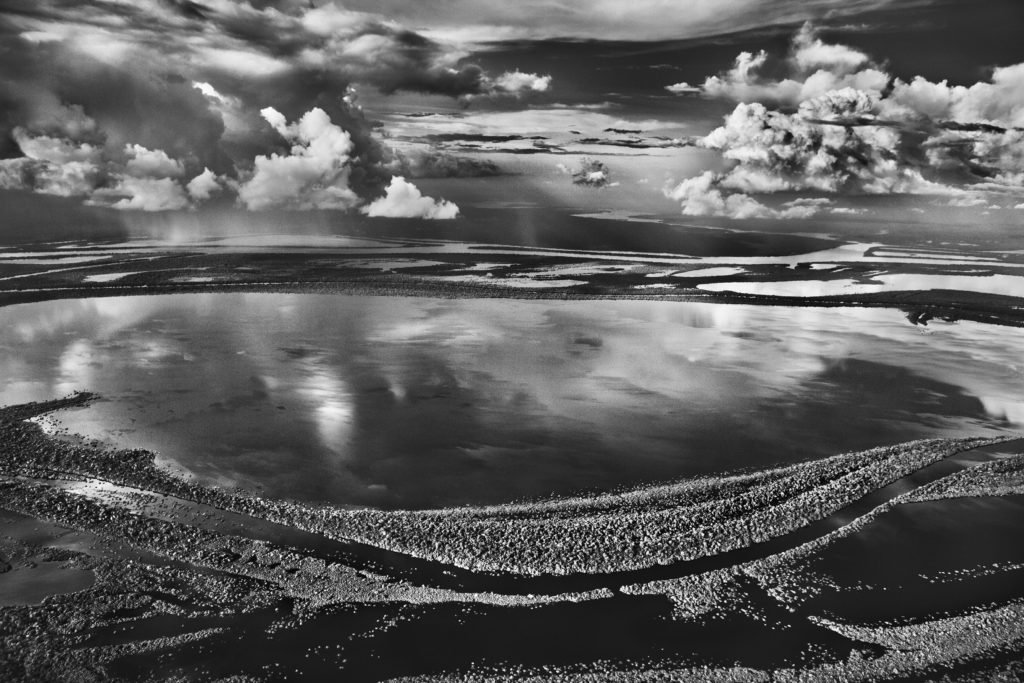
Artist and environmental reporter
Brazilian photographer Sebastião Salgado, educated as an economist, has been one of the world’s most acclaimed artists for three decades. In 2021, he was awarded the International Praemium Imperiale, known as the Japanese “Nobel Prize” for the Arts. With the mastery of a Cartier-Bresson, Salgado finds that perfect composition, that decisive moment, that fleeting instant where all the components of a scene harmonize into a masterpiece.
This skill is complemented by the spirit of a journalist; rather than didactically condemning others to make his point, Salgado prefers to respectfully show us the beauty of the living Amazonia that has not yet been destroyed and cries out for protection.
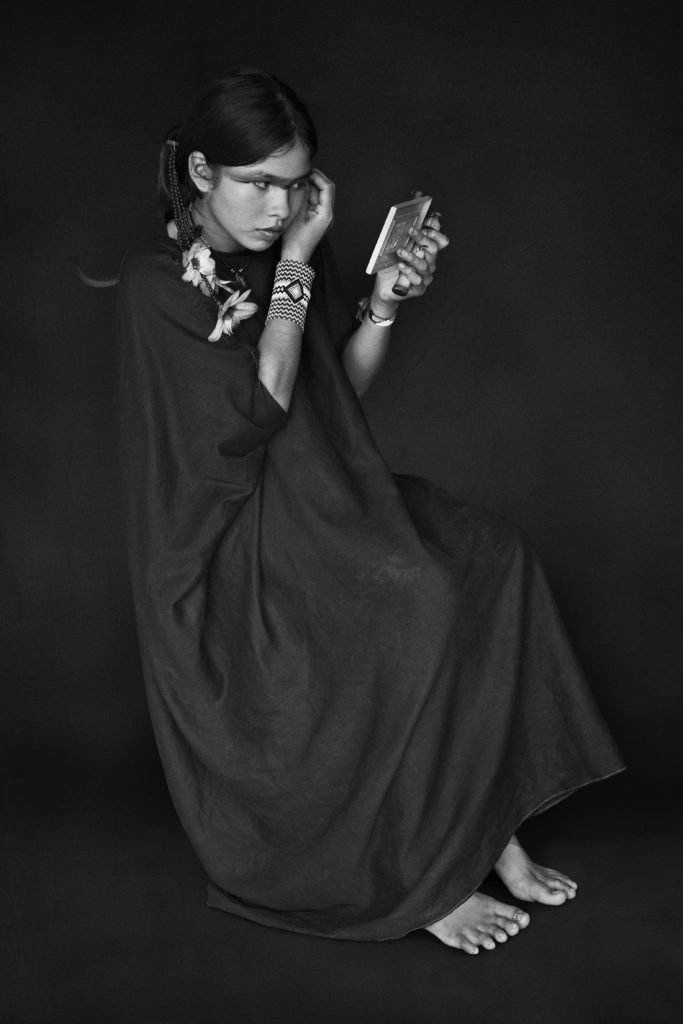
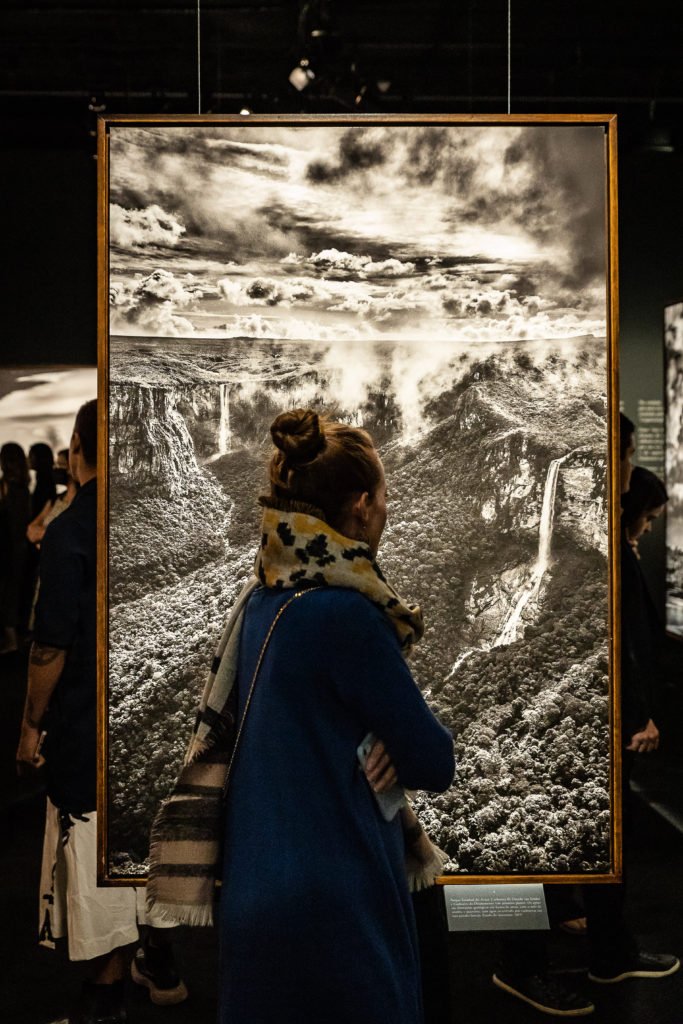
Enduring curatorship
Designed by Lélia Wanick Salgado, a movie producer and ecologist, the exhibit aims to plunge visitors into the heart of the jungle. Sebastião’s wife, mentor, and indefatigable travel companion creates an atmosphere that brings the lush vegetation to the fore and connects viewers with the peoples captured on film. Visitors can see and listen as they reflect on the future of this ecosystem.
There are also two spaces with screenings set to music by Brazilians Rodolfo Stroeter and Heitor Villa-Lobos (1887-1959), who created the symphonic poem Erosión: origen del río Amazonas (Erosion: Origin of the Amazon River). The exhibit likewise includes videos with statements by indigenous leaders on the problems that threaten biodiversity and survival in the jungle. The last part of the exhibit introduces one of the Salgados’ partner projects: the Instituto Terra and its efforts to replant the Atlantic forest.
Create the museum of tomorrow today
The programs, facilities, and interactive games of the Museu do Amanhã allow visitors to examine the past, understand current trends, and imagine possible futures.
“Amazonia,” which will be on exhibit at the museum until January 29, 2023, hopes to steer collective thought over the next fifty years toward a sustainable and harmonious coexistence.
“The future is not here yet. Tomorrow will be what we make it, and people will participate as citizens and members of the human species.”


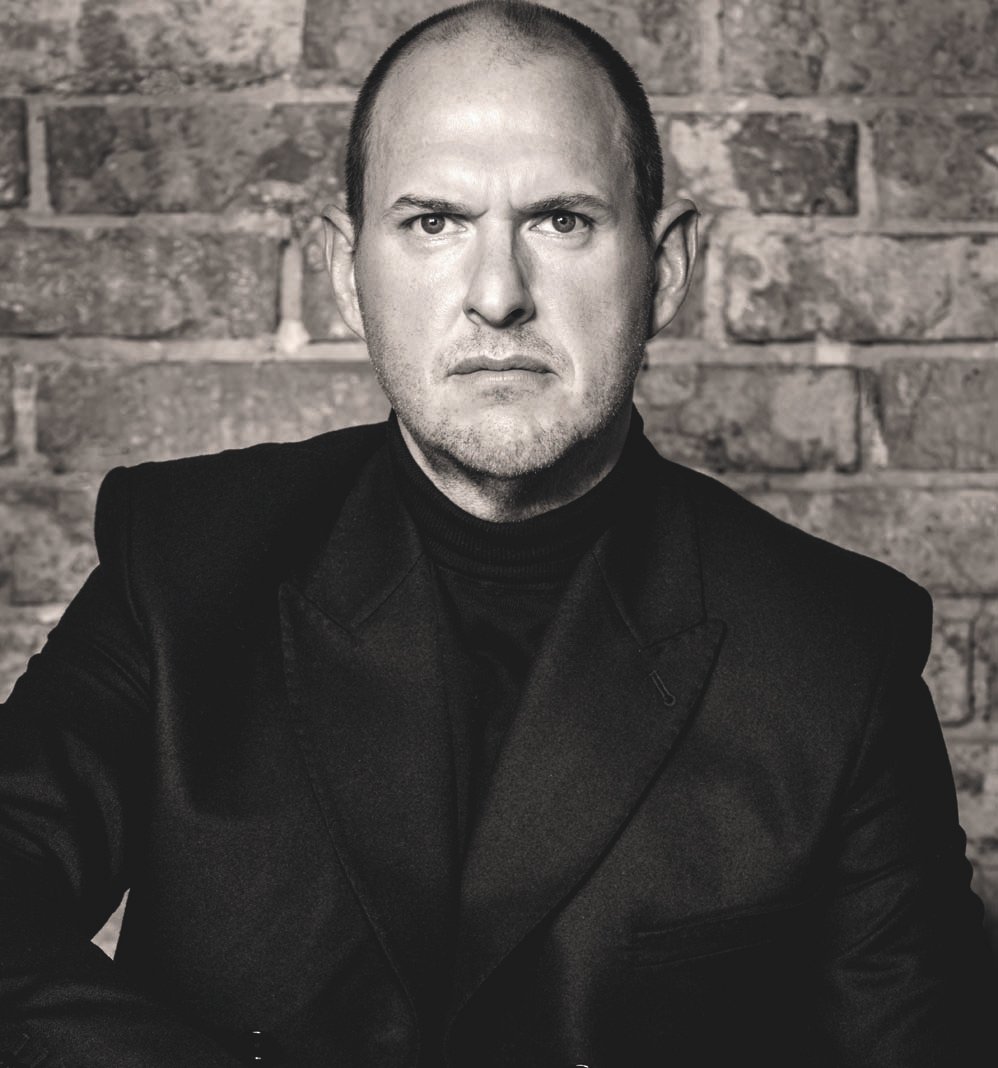
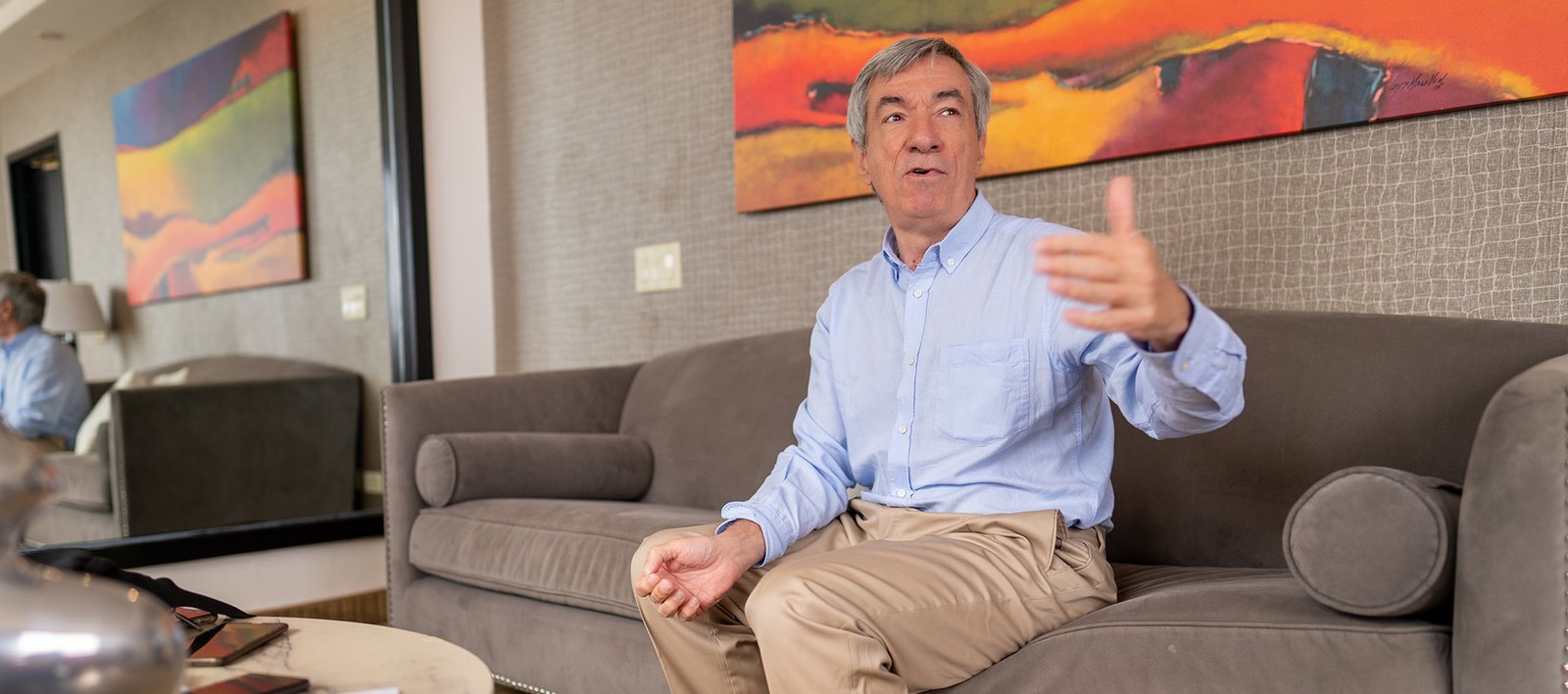
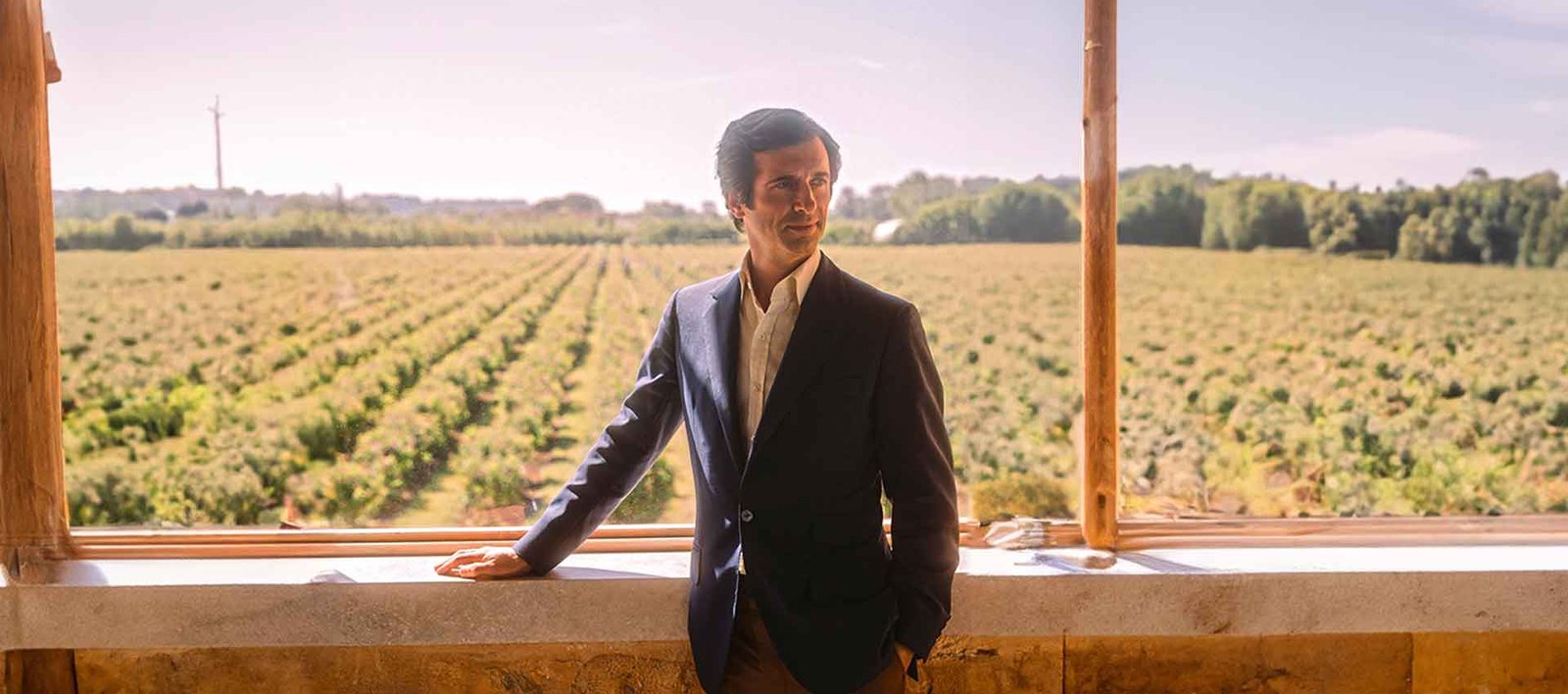
Leave a Reply